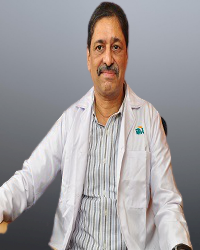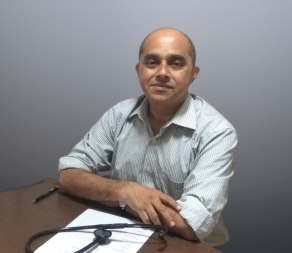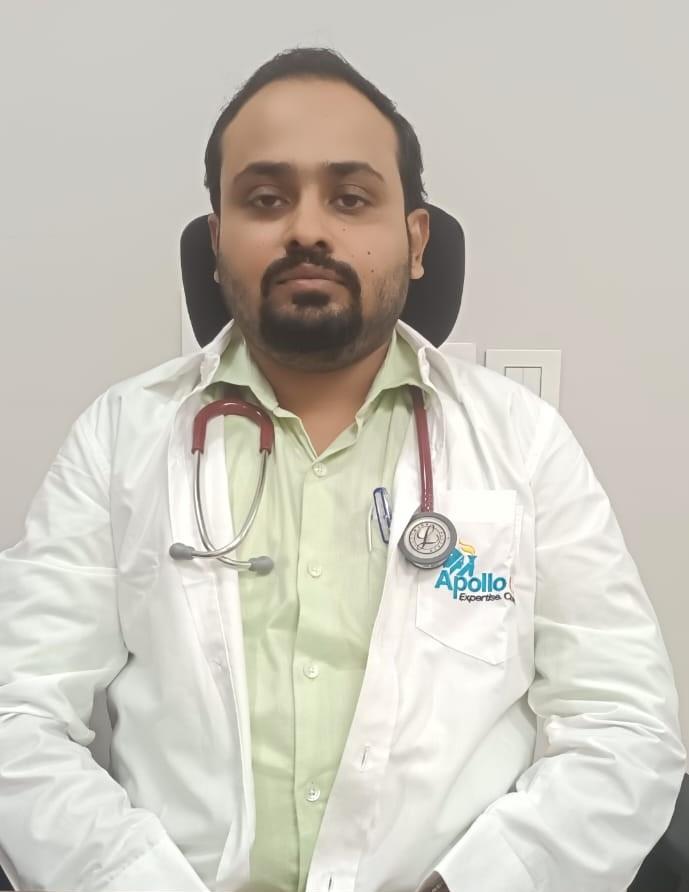Types/Stages of Marfan Syndrome
Marfan syndrome does not follow distinct stages or types of progression like some other disorders. Instead, its manifestation varies among patients depending on which body system is affected by the defective gene.
Symptoms of Marfan Syndrome
Symptoms of Marfan syndrome can vary among patients, even within the same family, due to its widespread impact on the body. Typical physical characteristics observed by doctors specialising in Marfan syndrome treatment include:
Physical features:
-
Tall and thin body build
-
Disproportionately long arms, legs, fingers and toes
-
Long, narrow face
-
Curved spine (scoliosis)
-
Protruding or indented breastbone (sternum)
Eye problems:
-
Near-sightedness
-
Cataracts
-
Eye shape differences
Heart and blood vessel problems:
-
Aortic aneurysm
-
Enlarged heart
-
Abnormal heart rhythm
Lung issues:
Tests to Diagnose Marfan Syndrome
At Apollo Hospitals doctors specialising in Marfan syndrome treatment employ a comprehensive diagnostic approach combining physical examinations and various tests to confirm the diagnosis promptly and accurately, facilitating early intervention and effective management:
-
Medical History Assessment: Doctors gather detailed information about the patient’s family history to identify potential genetic inheritance of Marfan syndrome or related cardiovascular conditions.
-
Physical Examination: Specialists conduct a detailed physical examination to identify characteristic features associated with Marfan syndrome.
-
Advanced Imaging Tests: Doctors use CT scans, MRI and echocardiography to visualise the heart, lungs and eyes for accurate assessment and diagnosis.
-
Genetic Testing: Genetic testing confirms the diagnosis by identifying specific genetic mutations in genes like FBN1 associated with Marfan syndrome.
-
Ghent Criteria Application: Doctors compare the patient’s symptoms against the Ghent criteria to ensure a thorough and accurate diagnosis.
Treatment or Surgery Options for Marfan Syndrome at Apollo Hospitals, Kolkata
At Apollo Hospitals in Kolkata, doctors for connective tissue disorder and aortic aneurysms emphasise early diagnosis and effective management of Marfan syndrome. The best doctors for Marfan syndrome offer personalised treatment options tailored to each patient’s unique needs including:
-
Medications: Beta-blockers and other medications are prescribed to lower blood pressure and reduce strain on the aorta, optimising patient care.
-
Regular Monitoring: Regular check-ups with cardiologists and ophthalmologists are scheduled to ensure timely intervention and prevent complications.
-
Lifestyle Changes: Patients are encouraged to adopt healthy habits, maintain a healthy weight, avoid strenuous activities and exercise regularly to manage their condition effectively.
-
Surgery: In severe cases, surgical procedures like aortic root replacement may be necessary to prevent life-threatening complications.
-
Genetic Counselling: Educating patients and families on the genetic nature of Marfan syndrome and its inheritance empowers them to make informed decisions about their care.






 Call Now
Call Now


















